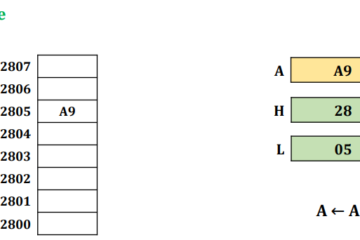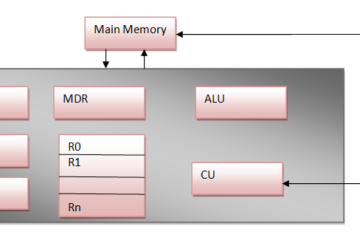BTech CS II Year
Modes of Data Transfer
Modes of data transfer in Computer Organization and Architecture (COA) refer to the different methods by which data can be exchanged between the central processing unit (CPU) and peripheral devices. These modes serve specific purposes in managing data flow within a computer system. The primary modes of data transfer include: Read more…

